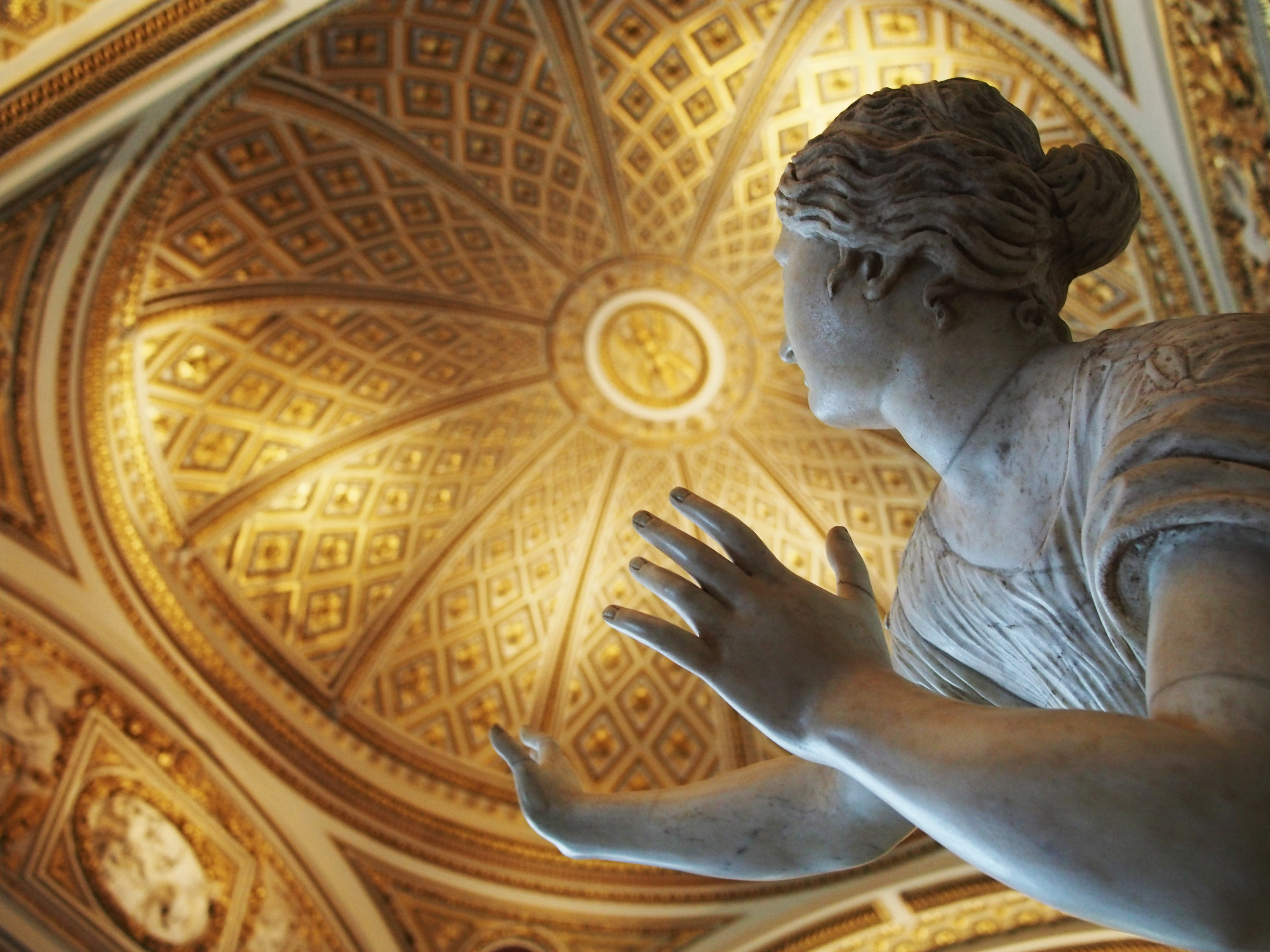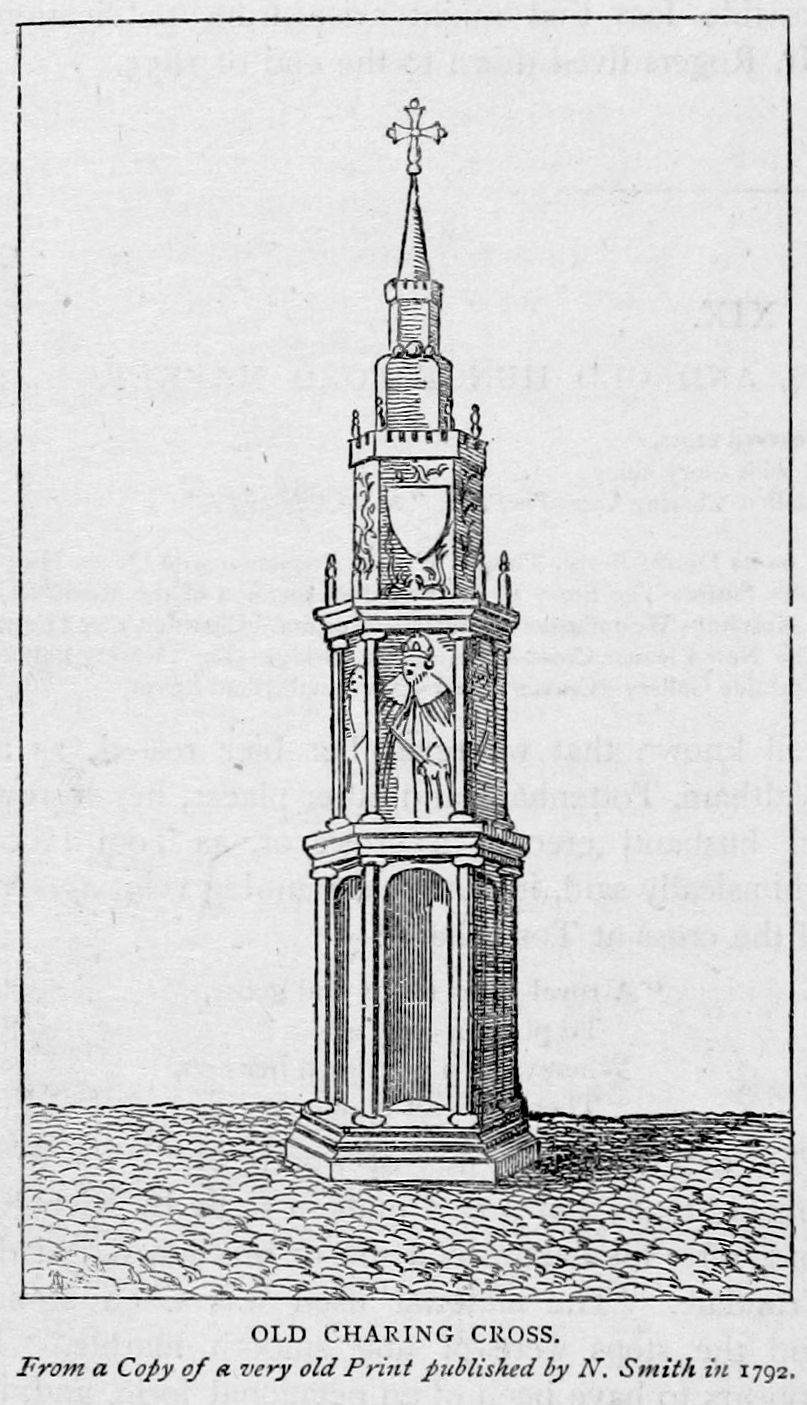|
Lucas Horenbout
Lucas Horenbout, often called Hornebolte in England ( 1490/1495 – 1544), was a Flemish artist who moved to England in the mid-1520s and worked there as "King's Painter" and court miniaturist to King Henry VIII from 1525 until his death. He was trained in the final phase of Netherlandish illuminated manuscript painting, in which his father Gerard was an important figure, and was the founding painter of the long and distinct English tradition of portrait miniature painting. He has been suggested as the Master of the Cast Shadow Workshop, who produced royal portraits on panel in the 1520s or 1530s. Life and family Horenbout was born in Ghent, where he trained with his father, Gerard Horenbout, becoming a master of the local Guild of Saint Luke in 1512. Gerard was an important Flemish manuscript illuminator in the dying days of that art-form, who had been court painter, from 1515 to about 1522, to Margaret of Austria, regent of the Netherlands. Margaret was twice siste ... [...More Info...] [...Related Items...] OR: [Wikipedia] [Google] [Baidu] |
Horenbout HenryVIII
Horenbout or Hornebolt is a surname. Notable people with the surname include: *Gerard Horenbout (1465–1541), Flemish miniaturist *Lucas Horenbout (1490/1495–1544), Flemish artist *Susannah Horenbout (1503–1554), English artist {{surname ... [...More Info...] [...Related Items...] OR: [Wikipedia] [Google] [Baidu] |
Cardinal Wolsey
Thomas Wolsey ( ; – 29 November 1530) was an English statesman and Catholic cardinal. When Henry VIII became King of England in 1509, Wolsey became the king's almoner. Wolsey's affairs prospered and by 1514 he had become the controlling figure in virtually all matters of state. He also held important ecclesiastical appointments. These included the Archbishop of York—the second most important role in the English church—and that of papal legate. His appointment as a cardinal by Pope Leo X in 1515 gave him precedence over all other English clergy. The highest political position Wolsey attained was Lord Chancellor, the king's chief adviser (formally, as his successor and disciple Thomas Cromwell was not). In that position, he enjoyed great freedom and was often depicted as the ''alter rex'' ("other king"). After failing to negotiate an annulment of Henry's marriage to Catherine of Aragon, Wolsey fell out of favour and was stripped of his government titles. He retreated to ... [...More Info...] [...Related Items...] OR: [Wikipedia] [Google] [Baidu] |
Uffizi
The Uffizi Gallery ( ; , ) is a prominent art museum adjacent to the Piazza della Signoria in the Historic Centre of Florence in the region of Tuscany, Italy. One of the most important Italian museums and the most visited, it is also one of the largest and best-known in the world and holds a collection of priceless works, particularly from the period of the Italian Renaissance painting, Italian Renaissance. After the ruling House of Medici died out, their art collections were given to the city of Florence under the famous ''Patto di famiglia'' negotiated by Anna Maria Luisa de' Medici, Anna Maria Luisa, the last Medici heiress. The Uffizi is one of the first modern museums. The gallery had been open to visitors by request since the sixteenth century, and in 1769 it was officially opened to the public, formally becoming a museum in 1865. History The building of the Uffizi complex was begun by Giorgio Vasari in 1560 for Cosimo I de' Medici, Grand Duke of Tuscany, Cosimo I de' M ... [...More Info...] [...Related Items...] OR: [Wikipedia] [Google] [Baidu] |
Self-portrait
Self-portraits are Portrait painting, portraits artists make of themselves. Although self-portraits have been made since the earliest times, the practice of self-portraiture only gaining momentum in the Early Renaissance in the mid-15th century that artists can be frequently identified depicting themselves as either the main subject, or as important characters in their work. With better and cheaper mirrors, and the advent of the panel painting, panel portrait, many painters, sculptors and printmakers tried some form of self-portraiture. ''Portrait of a Man in a Turban'' by Jan van Eyck of 1433 may well be the earliest known panel self-portrait. He painted a separate portrait of his wife, and he belonged to the social group that had begun to commission portraits, already more common among wealthy Netherlanders than south of the Alps. The genre is venerable, but not until the Renaissance, with increased wealth and interest in the individual as a subject, did it become truly popular. ... [...More Info...] [...Related Items...] OR: [Wikipedia] [Google] [Baidu] |
Karel Van Mander
Karel van Mander (I) or Carel van Mander IKarel van Mander at the Netherlands Institute for Art History (May 1548 – 2 September 1606) was a Flemish Painting, painter, playwright, poet, art historian and Aesthetics, art theoretician, who established himself in the Dutch Republic in the latter part of his life. He is mainly remembered as a biographer of Early Netherlandish painting, Early Netherlandish painters and Dutch and Flemish Renaissance painting, Northern Renaissance artists in his ''Schilder-boeck''. As an artist and art theoretician he played a significant role in the spread and development of Northern Mannerism in the Dutch Republic.Painting in the Dutch Golden Age - A Profile of the Seventeenth Century, National Gallery of Art, 2007, p. 119 Life Most of the information about Karel van Man ...[...More Info...] [...Related Items...] OR: [Wikipedia] [Google] [Baidu] |
Jean Clouet
Jean (or Janet or Jehannot) Clouet (c. 1485 – 1540/1) was a Painting, painter, draughtsman and Portrait miniature, miniaturist from the Burgundian Netherlands whose known active work period took place in France. He was court painter to French king Francis I of France, Francis I. Together with his son François Clouet he is counted among the leading 16th century portrait painters working in France. They are particularly known for their accomplished drawings, using black chalk and pure red chalk.''Les « Clouet » de Chantilly : comment le dessin se fait œuvre'' in: Dossier de Presse. Les Cl ... [...More Info...] [...Related Items...] OR: [Wikipedia] [Google] [Baidu] |
Catherine Parr
Catherine Parr ( – 5 September 1548) was Queen of England and Ireland as the last of the six wives of King Henry VIII from their marriage on 12 July 1543 until Henry's death on 28 January 1547. Catherine was the final queen consort of the House of Tudor, and outlived Henry by a year and eight months. With four husbands, she is the most-married English queen consort. She was the first woman to publish in print an original work under her own name in England in the English language. Catherine enjoyed a close relationship with Henry's three children, Mary, Elizabeth and Edward. She was personally involved in the education of Elizabeth and Edward. She was influential in Henry's passing of the Third Succession Act in 1543 that restored his daughters Mary and Elizabeth to the line of succession to the throne. Catherine was appointed regent from July to September 1544 while Henry was on a military campaign in France; in the event that he lost his life, she was to rule as ... [...More Info...] [...Related Items...] OR: [Wikipedia] [Google] [Baidu] |
Saint Martin In The Fields
St Martin-in-the-Fields is a Church of England parish church at the north-east corner of Trafalgar Square in the City of Westminster, London. Dedicated to Saint Martin of Tours, there has been a church on the site since at least the medieval period. This location, at that time, was farmlands and fields beyond the London wall. It became a principal parish church west of the old City in the early modern period as Westminster's population grew. When its medieval and Jacobean structure was found to be near failure, the present building was constructed in an influential neoclassical design by James Gibbs in 1722–1726. The church is one of the visual anchors adding to the open-urban space around Trafalgar Square. History Roman era Excavations at the site in 2006 uncovered a group of burials dating from c A.D. 350, including a sarcophagus burial dating from c. A.D. 410. The site is outside the city limits of Roman London (as was the usual Roman practice for burials) but is particul ... [...More Info...] [...Related Items...] OR: [Wikipedia] [Google] [Baidu] |
London
London is the Capital city, capital and List of urban areas in the United Kingdom, largest city of both England and the United Kingdom, with a population of in . London metropolitan area, Its wider metropolitan area is the largest in Western Europe, with a population of 14.9 million. London stands on the River Thames in southeast England, at the head of a tidal estuary down to the North Sea, and has been a major settlement for nearly 2,000 years. Its ancient core and financial centre, the City of London, was founded by the Roman Empire, Romans as Londinium and has retained its medieval boundaries. The City of Westminster, to the west of the City of London, has been the centuries-long host of Government of the United Kingdom, the national government and Parliament of the United Kingdom, parliament. London grew rapidly 19th-century London, in the 19th century, becoming the world's List of largest cities throughout history, largest city at the time. Since the 19th cen ... [...More Info...] [...Related Items...] OR: [Wikipedia] [Google] [Baidu] |
Charing Cross
Charing Cross ( ) is a junction in Westminster, London, England, where six routes meet. Since the early 19th century, Charing Cross has been the notional "centre of London" and became the point from which distances from London are measured. Clockwise from north, the routes that meet at Charing Cross are: the east side of Trafalgar Square leading to St Martin's Place and then Charing Cross Road; the Strand leading to the City; Northumberland Avenue leading to the Thames Embankment; Whitehall leading to Parliament Square; The Mall leading to Admiralty Arch and Buckingham Palace; and two short roads leading to Pall Mall and St James's. Historically, the name was derived from the hamlet of ''Charing'' ('Riverbend') that occupied the area of this important road junction in the middle ages, together with the grand Eleanor cross that once marked the site. The medieval monumental cross, the Charing Cross (1294–1647), was the largest and most ornate instance of a chain of me ... [...More Info...] [...Related Items...] OR: [Wikipedia] [Google] [Baidu] |








